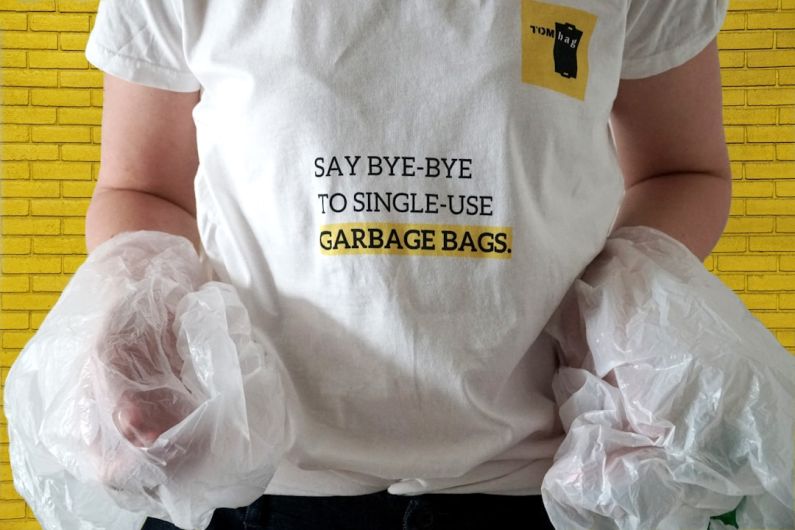How Does Retreading Fit into the Circular Economy?
In today’s world, where sustainability and environmental consciousness are at the forefront of many discussions, the concept of a circular economy has gained significant attention. A circular economy aims to minimize waste and make the most of resources by reusing and recycling products and materials. One practice that aligns perfectly with the principles of a circular economy is retreading. Retreading involves reusing worn-out tires by replacing the tread on the tire casing, extending the life of the tire and reducing the overall environmental impact. Let’s delve deeper into how retreading fits into the circular economy and why it is a crucial aspect of sustainable business practices.
**Reducing Waste and Extending Tire Life**
Tires are a significant source of waste globally, with millions of tires being disposed of each year. When tires reach the end of their original tread life, they are often discarded, contributing to landfills and environmental pollution. Retreading offers a solution to this problem by giving tires a second life. By replacing the worn-out tread with a new one, retreaded tires can be used again, significantly extending their life cycle.
**Resource Conservation and Energy Savings**
Retreading tires not only reduces waste but also conserves valuable resources and energy. Manufacturing new tires requires significant amounts of natural resources such as rubber and oil, as well as energy for production and transportation. By choosing retreaded tires, businesses and consumers can reduce the demand for new tire production, thus conserving resources and lowering energy consumption. This resource-efficient approach aligns perfectly with the principles of the circular economy.
**Cost-Effectiveness and Performance**
In addition to its environmental benefits, retreading also offers cost savings and performance advantages. Retreaded tires are typically more affordable than new tires, making them an attractive option for businesses looking to reduce operating costs. Furthermore, retreaded tires perform comparably to new tires in terms of safety, reliability, and durability. Many commercial fleets and transportation companies have embraced retreading as a cost-effective and sustainable solution for managing their tire needs.
**Quality Assurance and Industry Standards**
To ensure the safety and performance of retreaded tires, industry standards and quality assurance processes are in place. Reputable retread manufacturers adhere to strict guidelines set by organizations such as the Tire Retread & Repair Information Bureau (TRIB) and the Tire Industry Association (TIA). These standards cover every aspect of the retreading process, from casing inspection and repair to tread application and curing. By following these industry best practices, retread manufacturers can deliver high-quality products that meet or exceed the performance of new tires.
**Environmental Impact and Sustainability**
From an environmental perspective, retreading plays a vital role in reducing the carbon footprint associated with tire production and disposal. By extending the life of tires through retreading, fewer tires end up in landfills, reducing methane emissions and soil contamination. Additionally, the energy savings and resource conservation achieved through retreading contribute to a more sustainable and eco-friendly tire industry.
**Closing the Loop: The Future of Retreading in the Circular Economy**
As we look to build a more sustainable future, the role of retreading in the circular economy will continue to grow in importance. By promoting resource efficiency, waste reduction, and environmental responsibility, retreading exemplifies the principles of a circular economy in action. Businesses and consumers alike can contribute to a more sustainable world by choosing retreaded tires and supporting the growth of a circular economy mindset within the tire industry. With ongoing innovation and collaboration, retreading will play a crucial role in closing the loop on tire waste and driving towards a more sustainable future for all.






